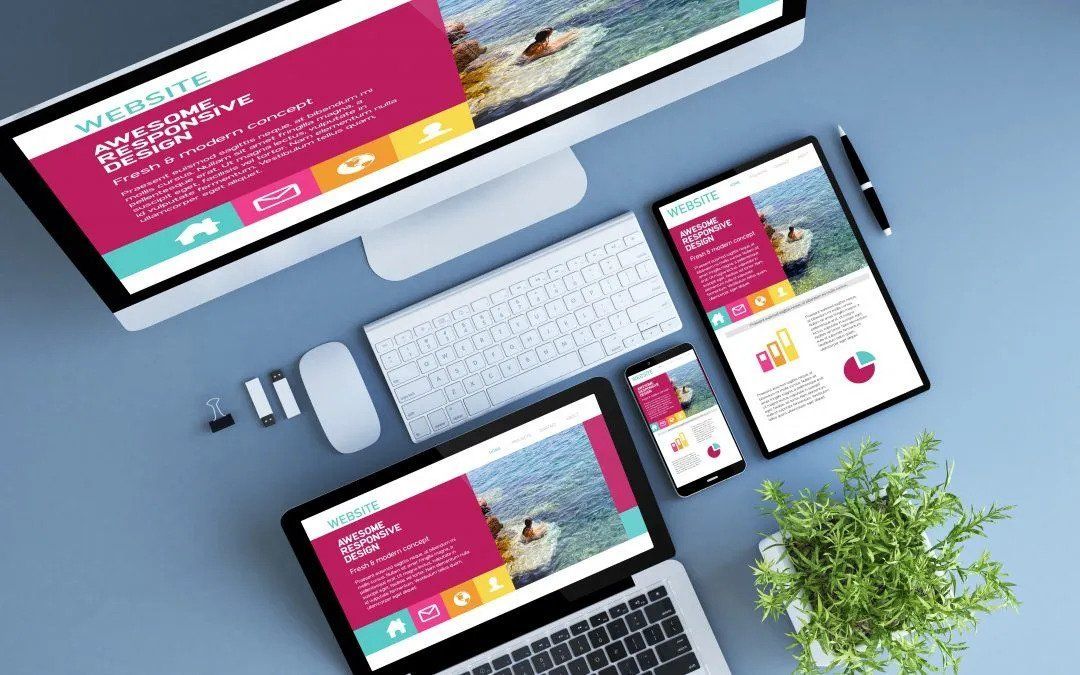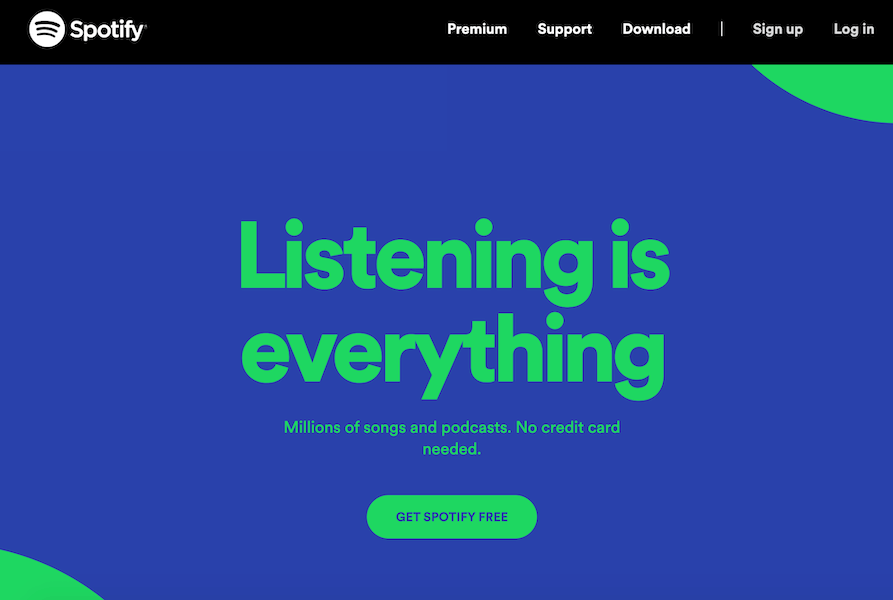Let’s be clear: Web design is a complex discipline that can take a lifetime to master. Furthermore, it’s a field that continuously evolves as technology advances. Imagine the frustration if people complained about the Mona Lisa looking “old” after just five years. Web design is something that nearly everyone in a managerial role within a business has to contend with, but it’s only design professionals who truly comprehend it. To achieve a great web design, you must grasp the fundamentals, enabling you to effectively communicate your requirements. Even if you decide to hire a professional to design your webpage, having some background knowledge is essential. This comprehensive guide has been created to assist you in navigating the essentials of web design. Presented here are the top ten web design tips (along with some useful dos and don’ts) divided into three categories: Composition, Aesthetics, and Functionality. Whether you’re enlisting a designer’s help or taking the do-it-yourself route, ensure your final web design adheres to these ten core principles.
Composition
- Simplify and Declutter: A common beginner mistake in web design is cluttered screens. Many individuals list everything they want on their website and, without better knowledge, place it all on a single page. Essentially, every element added to your web design dilutes the impact of others. An excessive number of distracting elements confuses users and undermines a cohesive user experience. In contrast, focusing on essential elements makes them more impactful, as they don’t have to compete for attention.
Do: Trim unnecessary elements and move those that can reside on another page.
Do Not: Overuse pull-out menus or rely heavily on sidebars and sliders.
- Leverage Negative Space: After decluttering, consider utilizing negative space or white space creatively. Negative space refers to unoccupied or blank areas within an image that don’t draw attention. When used thoughtfully, it can enhance the prominence of the main subject, improve readability, and make the content more digestible.
Do: Surround crucial elements with negative space to increase their visibility.
Do Not: Overwhelm users with excessive negative space or busy backgrounds.
- Establish Visual Hierarchy: Visual hierarchy involves using various visual elements such as size and placement to guide users’ focus on specific elements. It determines which elements users see first, second, or last. A well-executed visual hierarchy enhances engagement and user experience.
Do: Design for scannability and test multiple alternatives.
Do Not: Use competing elements or go overboard with size and contrast.
Aesthetics
- Strategic Color Selection: Colors have emotional connotations and must align with your brand identity. They play a crucial role in establishing visual hierarchy. Choosing contrasting colors helps create effective visual distinctions within your design.
Do: Establish a color hierarchy and maintain consistency.
Do Not: Select colors solely based on personal preferences or create clashing combinations.
- High-Quality Photography: If using real-life photos, ensure they enhance rather than detract from your design. Quality photography can support your business goals, but low-quality images can hinder your progress.
Do: Use images of real people and select photos that align with your website’s atmosphere.
Do Not: Rely on obvious stock photos or use low-resolution images.
- Typography Matters: Typography encompasses fonts, size, color, style, and spacing of text. It significantly influences the visual hierarchy and brand perception. Choose typography that complements your brand and maintains consistency across your site.
Do: Utilize web-safe fonts and familiarize yourself with different font types.
Do Not: Overuse flashy fonts or apply the same typography uniformly.
Functionality
- Streamlined Navigation: Navigation is the backbone of any website. It should be intuitive, catering to different user preferences. Organize your site’s structure effectively and design navigation elements that users can easily understand.
Do: Strike a balance between offering options and avoiding overwhelming users.
Do Not: Experiment with unconventional formats that may confuse users.
- Prioritize Mobile Responsiveness: Given the prevalence of mobile browsing, prioritize the mobile version of your site. Google also considers mobile responsiveness in search rankings. Design with smaller screens and touch controls in mind, ensuring a seamless user experience.
Do: Design the mobile version first and prioritize devices based on user data.
Do Not: Create separate mobile sites with “m.dot” URLs.

- Enhance Text Legibility: Text should be well-written, aesthetically laid out, and legible. Pay attention to color pairings, test designs on various readers, and avoid using cursive or flashy fonts for body text.
Do: Carefully choose color pairings and test designs on different readers.
Do Not: Overuse elaborate fonts or present large blocks of intimidating text.

- Effective Communication with Designers: Effective web design involves clear communication. Plan your requirements in advance, create wireframes if necessary, and remain open to your designer’s suggestions.
Do: Plan and articulate your requirements clearly and keep an open mind.
Do Not: Use vague or generic terms to describe your vision.
In summary, web design is a multifaceted discipline that necessitates attention to composition, aesthetics, and functionality. By adhering to these ten fundamental principles and effectively communicating your vision, you can achieve a compelling and user-friendly web design for your business.




